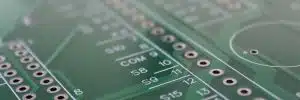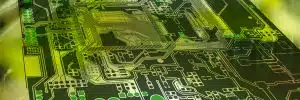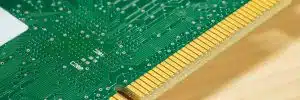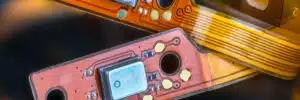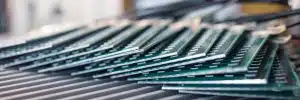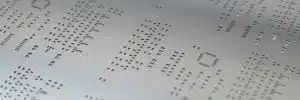JHY PCB Blog Hub
Your Source for Expert PCB Design, Manufacturing, and Assembly Insights – Stay Informed with 2025 Trends!
Future of Printed Circuit Boards: Innovations and Market Trends Shaping 2025 Top+ Digital Landscape
As the demand for more advanced electronics continues to surge, the printed circuit board (PCB) industry stands at the forefront of innovation and transformation. According to a recent report by MarketsandMarkets, the global PCB market is expected to reach USD 75.12 billion by 2025, growing at a composite annual growth rate (CAGR) of 3.7% from 2020 to 2025. This growth is driven by key trends such as the increasing proliferation of consumer electronics and the relentless push towards miniaturization and efficiency in electronic components.
Experts in the field emphasize the critical role of innovation in steering the future of printed circuit boards. Dr. Emily Tran, a leading figure in PCB technology, noted, "The evolution of printed circuit boards is not just about enhancing functionality but is also about embracing sustainability and manufacturing efficiency." Her insights reflect a broader industry shift towards environmentally friendly practices and integrated designs that meet the needs of a digital landscape rapidly evolving towards 5G, IoT, and AI applications.
With these dynamics at play, this article delves into the top innovations and market trends that are shaping the future of printed circuit boards, exploring how they will redefine the electronics industry by 2025 and beyond. The journey of PCBs is a testament to the powerful interplay between technology and sustainability, signaling a new era of progress and responsibility for manufacturers and consumers alike.
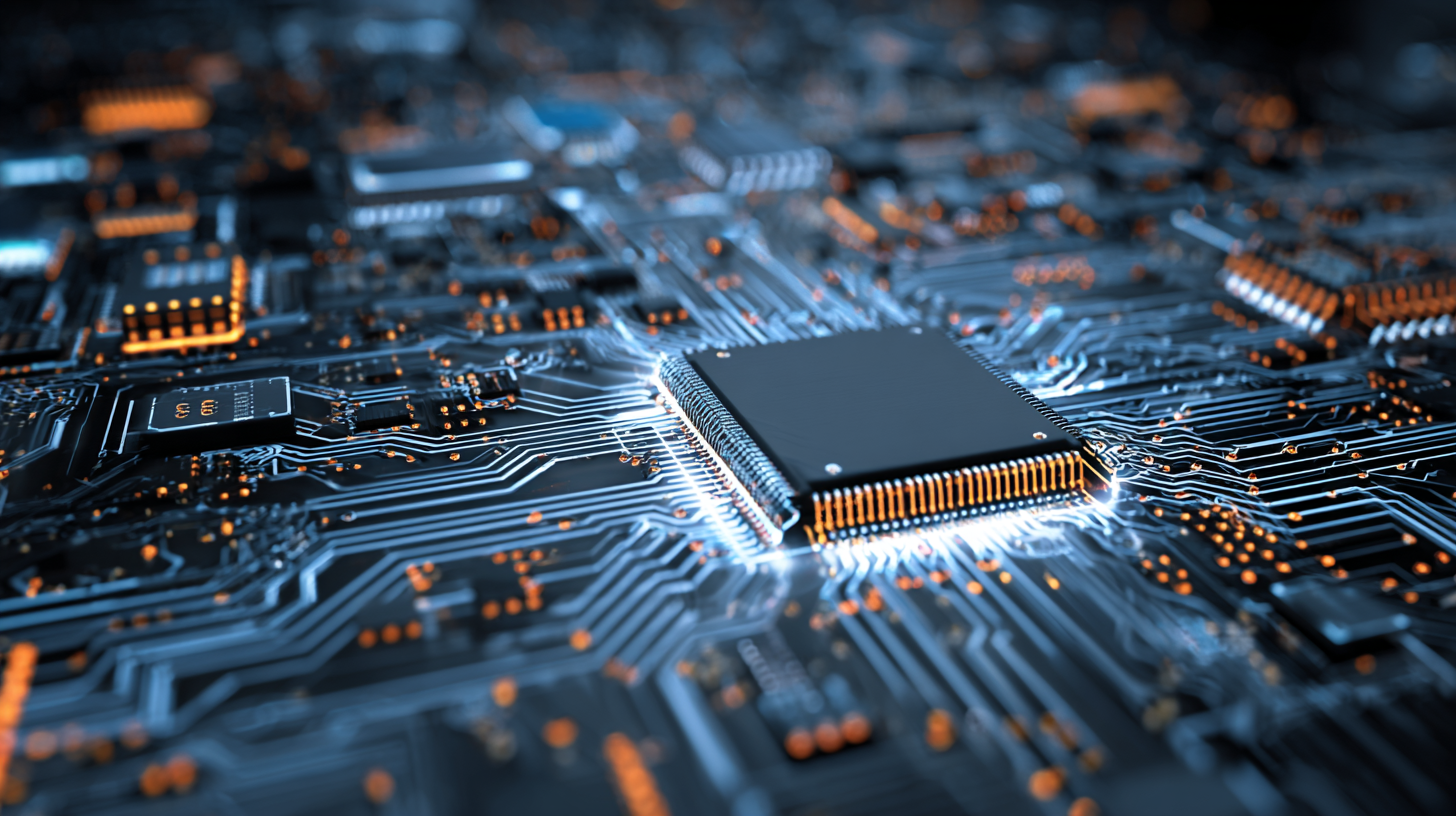
Emerging Technologies Transforming Printed Circuit Board Design and Manufacturing
The evolution of printed circuit board (PCB) design and manufacturing is being profoundly influenced by emerging technologies, setting the stage for significant advancements by 2025. According to the IPC, the global PCB market is projected to reach $80 billion by 2025, driven by the increasing demand for electronic devices and innovative applications in sectors such as automotive, healthcare, and telecommunications. A notable trend in this evolution is the implementation of artificial intelligence (AI) in PCB design processes, which enhances efficiency and optimizes layout configurations, thus reducing time-to-market.
Another transformative technology is the integration of Internet of Things (IoT) capabilities within PCB manufacturing. This shift not only facilitates real-time monitoring and predictive maintenance of manufacturing equipment but also allows for more agile production methodologies. The market report by Research and Markets estimated that the IoT-enabled PCB market will grow at a compound annual growth rate (CAGR) of 14% over the next five years. Moreover, the adoption of advanced materials such as flexible circuits and high-speed laminates is revolutionizing design possibilities, enabling thinner and more compact devices. These innovations are setting the groundwork for new functionalities and applications, ensuring that PCBs are not just components, but integral parts of smarter technology ecosystems.
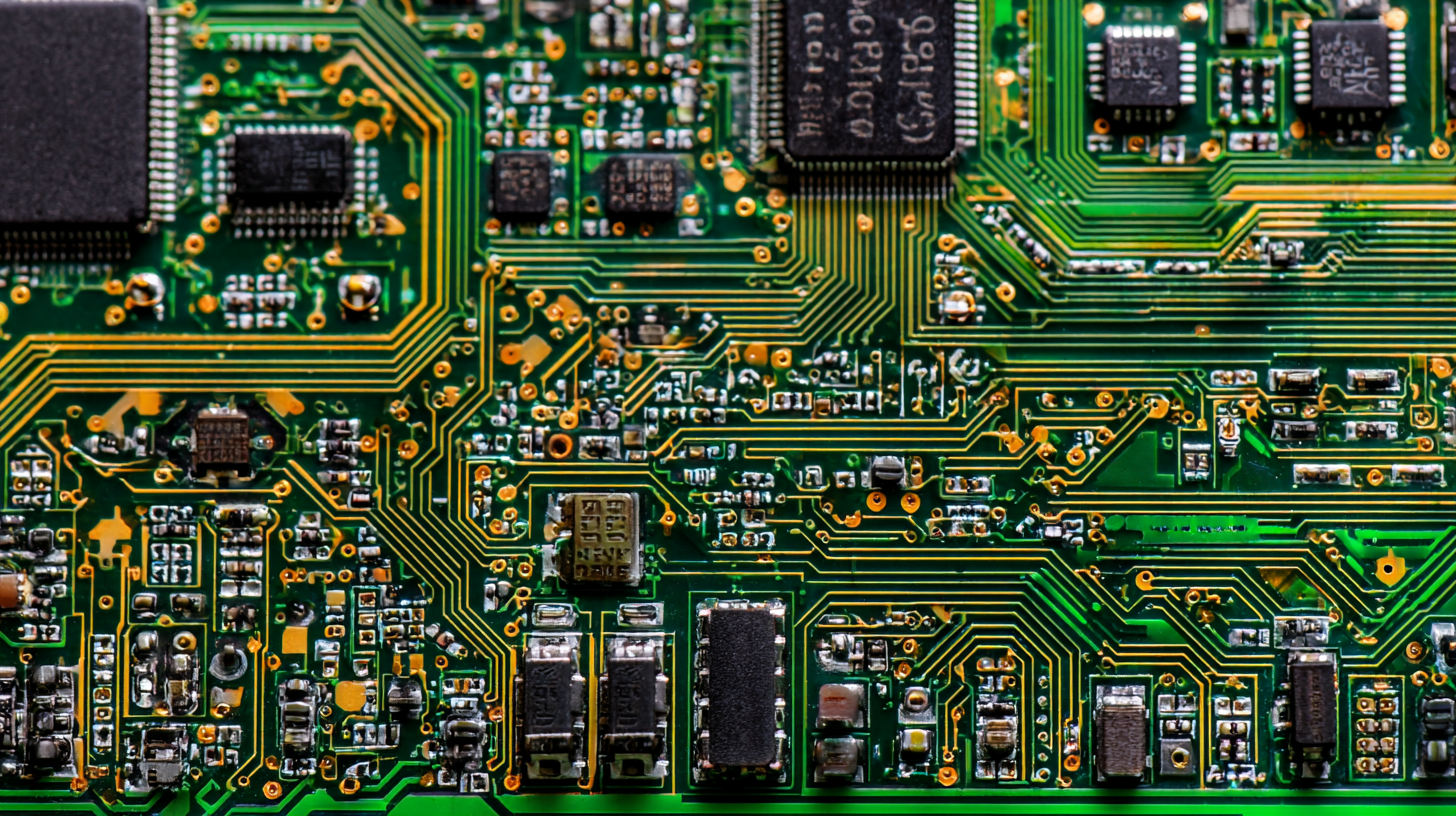
Sustainability Trends in the PCB Industry: Innovations for a Greener Future
The landscape of the printed circuit board (PCB) industry is rapidly evolving, especially with sustainability at the forefront of innovation. With increasing environmental concerns, manufacturers are focusing on developing greener materials and processes. Innovations like eco-friendly laminates and recyclable PCBs are gaining traction, driven by the demand for reducing electronic waste and carbon footprints. Companies are exploring alternative materials and energy-efficient manufacturing techniques, aligning with global sustainability goals.
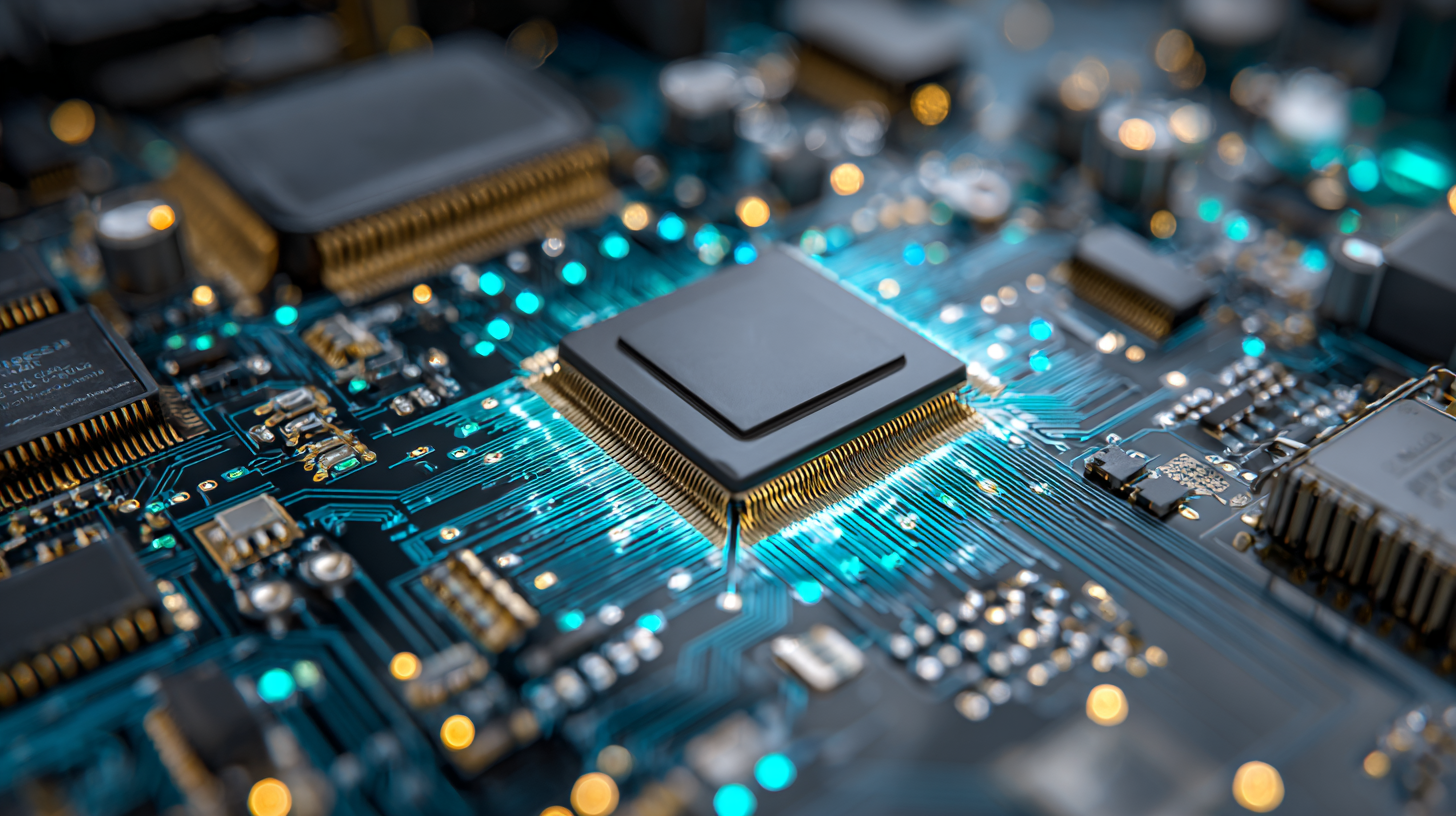
The integration of these green innovations is not merely a trend but a necessity in the electronics manufacturing sector. The push for sustainability is reshaping supply chains and prompting a shift toward circular economy practices. As the market prepares for 2025, we can expect a heightened emphasis on collaboration among manufacturers, researchers, and policymakers to create a holistic framework supporting eco-friendly practices. This collaborative effort will not only enhance product offerings but also elevate the industry's role in fostering a sustainable digital landscape.
Market Analysis: Key Drivers Shaping the PCB Landscape in 2025
The global printed circuit board (PCB) market is poised for significant growth, with the market size projected to increase from $715.7 billion in 2024 to approximately $741.2 billion by 2025, continuing its ascent to $1,134.9 billion by 2032. This growth trajectory highlights the increasing demand driven by advancements in technology and the evolving needs of various industries, including automotive, defense, and telecommunications. The integration of artificial intelligence (AI) in PCB production processes is expected to further accelerate this demand, as companies ramp up production capabilities to meet the surging requirements of AI-driven applications.
Additionally, the PTFE CCL (Copper Clad Laminate) market is set to expand from $810 million in 2025 to nearly $1.92 billion by 2034, reflecting a robust compound annual growth rate (CAGR) of 9.1%. This growth is attributed to a diverse range of applications including communication infrastructure and automotive technologies. Moreover, the PCB chemical and semiconductor consumables market is anticipated to reach $3.336 billion in 2025, with an impressive CAGR projected to bring it to $6.4846 billion by 2033. These market dynamics underscore the pivotal role that innovative PCB solutions will play in shaping the digital landscape of the future.
The Role of Automation and AI in Revolutionizing PCB Production Processes
The printed circuit board (PCB) industry is on the cusp of a significant transformation, driven by automation and artificial intelligence (AI) to enhance production processes. Automation technologies are streamlining the assembly and manufacturing phases, which not only increases efficiency but also reduces human error. Automated systems can manage intricate tasks such as component placement and soldering with precision, allowing manufacturers to achieve higher productivity levels and lower operational costs. This shift towards automation is crucial as the demand for more complex and compact PCB designs intensifies.
AI is further revolutionizing the PCB landscape by enabling predictive maintenance and optimized production scheduling. Machine learning algorithms analyze data from various stages of the production process, identifying potential issues before they escalate into costly delays or defects. Moreover, AI-driven analytics facilitate smarter supply chain management, ensuring that materials are available when needed, thus minimizing downtime. As we look toward 2025, the integration of these advanced technologies will not only reshape how PCBs are produced but will also influence market trends, encouraging innovation and driving the industry toward a more sustainable and efficient future.
Future of Printed Circuit Boards: Innovations and Market Trends (2025)
Future Consumer Demands: Adapting PCBs for Next-Gen Electronics and Devices
The rapid advancement in consumer electronics is driving significant changes in the design and functionality of printed circuit boards (PCBs). As innovations in smart devices, IoT applications, and wearables accelerate, PCB manufacturers are focusing on adaptability to meet evolving consumer demands. According to a recent study by MarketsandMarkets, the global PCB market is projected to reach $85 billion by 2025, growing at a CAGR of 3.5% from 2020. This growth signifies an increasing reliance on advanced PCB technologies to support next-gen electronics.
One of the most critical demands from consumers is for thinner, lighter designs without compromising performance. As reported by IPC, the average thickness of PCBs in consumer devices is decreasing, with many now below 0.8 mm, ensuring compatibility with sleek products. Furthermore, the push for enhanced functionalities, such as increased connectivity and energy efficiency, has encouraged manufacturers to invest in innovations like embedded components and flexible circuit technologies. With a projected increase in the adoption of flexible PCBs to reach $19.5 billion by 2025, industry players are prioritizing these advancements to cater to the rising expectations of tech-savvy consumers.
Related Posts
-
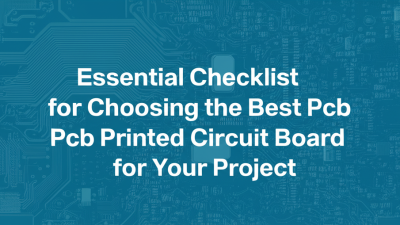
Essential Checklist for Choosing the Best Pcb Printed Circuit Board for Your Project
-
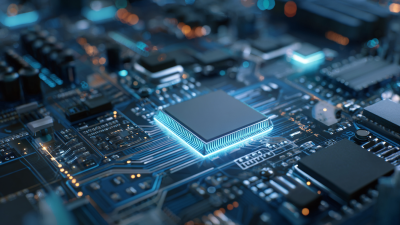
The Future of High-Quality PCB Boards: Innovations that Shape Electronics Manufacturing
-

How to Choose the Right Printed Board for Your Project Needs
-
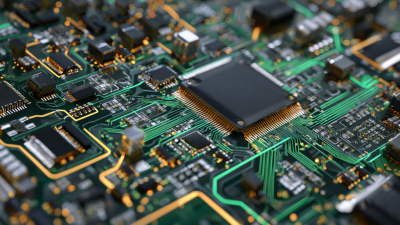
Challenges Associated with Sourcing the Best Computer Circuit Board
-
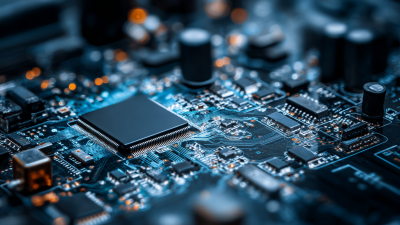
Navigating the 2025 Tech Landscape: Key Strategies for Sourcing the Best PCB Circuit Boards Globally
-

Top Strategies for Optimizing Your Printing Circuit Boards Production Process

